Overview
HTTP and HTTPS clients that use the Boost Asio and Beast libraries.
The clients currently provide synchronous GET, HEAD, and POST calls.
Quick start
#include <Balau/Network/Http/Client/HttpClient.hpp>
#include <Balau/Network/Http/Client/HttpsClient.hpp>
Construction
In order to create a client, specify the host to the client constructor.
// Create an HTTPS client with default SSL port 443.
HttpsClient client("borasoftware.com");
The default user agent used in the client is "Balau <version>", where <version> is the version of the Balau library. The HTTP version in the above client is version 1.1.
If the required port, user agent and/or HTTP version are different to the default values, they can be specified in the constructor
// Create an HTTP client with port 12345.
HttpClient client1("example.com", 12345);
// Create an HTTP client with port 12345 and user agent "Anon".
HttpClient client2("example.com", 12345, "Anon");
// Create an HTTP client with port 12345, user agent "Anon", and HTTP version 1.0.
HttpClient client3("example.com", 12345, "Anon", "1.0");
If the scheme in the URL should determine whether an HTTP or HTTPS client should be created, the HttpClient::newClient static method can be used. In this API, the optional port number should also be included in the URL.
// Create HTTP or HTTPS clients, according to the supplied URL.
auto client4 = HttpClient::makeClient("https://borasoftware.com");
auto client5 = HttpClient::makeClient("http://example.com:12345");
The HttpClient::newClient static method also accepts an optional user agent and HTTP version.
// Create a client with a custom user agent.
auto client6 = HttpClient::makeClient("https://borasoftware.com", "Anon");
// Create a client with a custom user agent and HTTP version 1.0.
auto client7 = HttpClient::makeClient("http://example.com:12345", "Anon", "1.0");
Usage
In order to perform synchronous GET, HEAD, and POST calls, the get, head, and post methods can be used.
// Perform a GET request.
CharVectorResponse response1 = client.get("/");
// Perform a HEAD request.
EmptyResponse response2 = client.head("/");
// Perform a POST request.
const std::string body = generateBody();
CharVectorResponse response3 = client.post("/api/execute", body);
The GET and POST requests return a CharVectorResponse, which contains response headers and a character vector body. The HEAD request returns an EmptyResponse, which only contains response headers.
